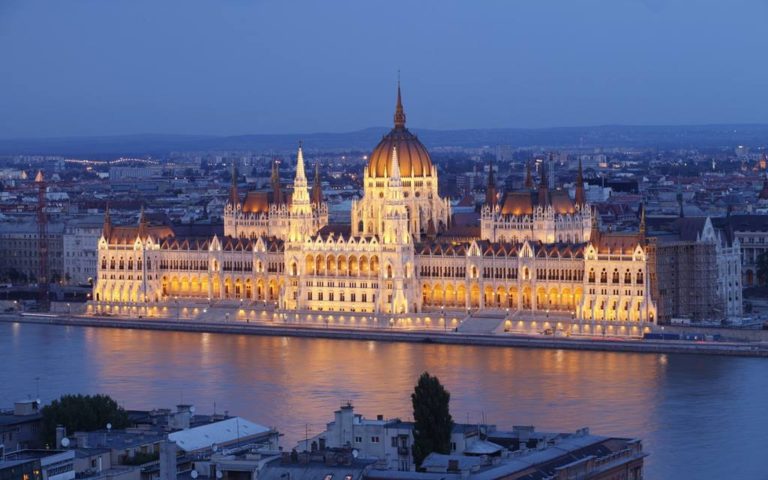Top rated Printed circuit board manufacturer? These types of extra thin PCB feature conductors on the rigid and flexible layers of the printed circuit board. Plated thru-holes stretch between the rigid and flexible segments and electrically link multiple layers of conductor. Through integration of rigid sections to the flexible components, it allows you to enhance the design abilities of your ultra-thin PCB. The rigid segments offer perfect hard mounting locations for components, chassis and connectors. On the other hand, the flex segments provide dynamic flexing, flex-to-fit and vibration-resistance zones. Such combination gives you multiple choices for achieving innovative solutions for the greatest demanding rigid flex PCB applications. Find more info at https://www.bstpcb.com/products-21420.
Double-layer printed circuit boards (PCBs) consist of two layers of conductive material, typically copper, separated by an insulating layer. The top and bottom layers are etched to form the desired circuitry. Double-layer PCBs offer several advantages over single-layer PCBs, including increased routing options and the ability to place components on both sides of the board. However, they are also more expensive and require more careful design to avoid short circuits.
Since beginning, as a printed circuit board (PCB) vendor in Asia, Best Technology is dedicating to be your best partner of advance, high-precision printed circuit boards, such as heavy copper boards, ultra thin PCB, mixed layers, high TG, HDI, high frequency (Rogers, Taconic), impedance controlled board, Metal Core PCB (MCPCB) such as Aluminum PCB, Copper PCB, and Ceramic PCB (conductor Copper, AgPd, Au, etc) and so on.
Metal Core PCB means the core (base) material for PCB is the metal, not the normal FR4/CEM1-3, etc. and currently the most common metal used for MCPCB manufacturer are Aluminum, Copper and steel alloy. Aluminum has good heat transferring and dissipation ability, but yet relatively cheaper; copper has even better performance but relatively more expensive, and steel can be divided into normal steel and stainless steel. It more rigid than both aluminum and copper, but thermal conductivity is lower than them too. People will choose their own base/core material according to their different application.
Today printed wiring (circuit) boards are used in virtually all but the simplest commercially produced electronic devices, and allow fully automated assembly processes that were not possible or practical in earlier era tag type circuit assembly processes. A PCB populated with electronic components is called a printed circuit assembly (PCA), printed circuit board assembly or PCB Assembly (PCBA). In informal use the term “PCB” is used both for bare and assembled boards, the context clarifying the meaning. The IPC preferred term for populated boards is CCA, circuit card assembly. This does not apply to backplanes; assembled backplanes are called backplane assemblies by the IPC.
Since beginning, as the printed circuit board manufacturers with best pcb assembly service in Asia, Best Technology is dedicating to be your best partner of advance, high-precision printed circuit boards, such as heavy copper boards, ultra thin PCB, mixed layers, high TG, HDI, high frequency (Rogers, Taconic), impedance controlled board, Metal Core PCB (MCPCB) such as Aluminum PCB, Copper PCB, and Ceramic PCB (conductor Copper, AgPd, Au, etc) and so on. What we provide is not only PCB & MCPCB manufacturing, but also including PCB duplicating, Engineering & process design, components management & sourcing solution, PCB in house assembly & full system integration, surface mounted technology (SMT), full products assembly & testing. Find additional information at https://www.bstpcb.com/.
Double sided flex circuits consists with double sided copper conductors and can be connected from both sides. It allows more complicated circuit designs, more components assembled. The major material used are copper foil, polyimide and coverlay. Adhesiveless stack up is popular for better dimensional stability, high temperature, thinner thickness. Dual access flexible circuit board refer to the flex circuit which can be accessed from both top and bottom side but only has only layer of conductor trace. Copper thickness 1OZ and coverlay 1mil, it similar with 1 layer FPC and opposite side FFC. There’re coverlay openings on both sides of flex circuit so that there’re solderable PAD on both top and bottom sides, that is similar with double sided FPC, but dual access flex circuit board has different stack up because of only one copper trace, so no plating process is need to make plated through hole (PTH) to connect between top and bottom side, and trace layout is much more simple. Equipment: We purchased many advanced, art-of-state machines & devices for PCB manufacturing, checking, to improve the quality of our boards.
The layer on top of the copper foil is called the soldermask layer. This layer gives the PCB its green (or, at PCB & MCPCB, red) color. It is overlaid onto the copper layer to insulate the copper traces from accidental contact with other metal, solder, or conductive bits. This layer helps the user to solder to the correct places and prevent solder jumpers. In the example below, the green solder mask is applied to the majority of the PCB, covering up the small traces but leaving the silver rings and SMD pads exposed so they can be soldered to. Soldermask is most commonly green in color but nearly any color is possible. We use red for almost all the PCB & MCPCB boards, white for the IOIO board, and purple for the Best Technology boards.
In order to provide one-stop-services to customers, we can also provide FPC and Rigid-flex PCB Assembly service (also named SMT: Surface Mounting Technology). We can purchase all components from abroad or domestic market, and provide full products to you with short lead time. High Density Interconnects (HDI) board are defined as a board (PCB) with a higher wiring density per unit area than conventional printed circuit boards (PCB). They have finer lines and spaces (<100 µm), smaller vias (<150 µm) and capture pads (300, and higher connection pad density (>20 pads/cm2) than employed in conventional PCB technology. HDI board is used to reduce size and weight, as well as to enhance electrical performance.
